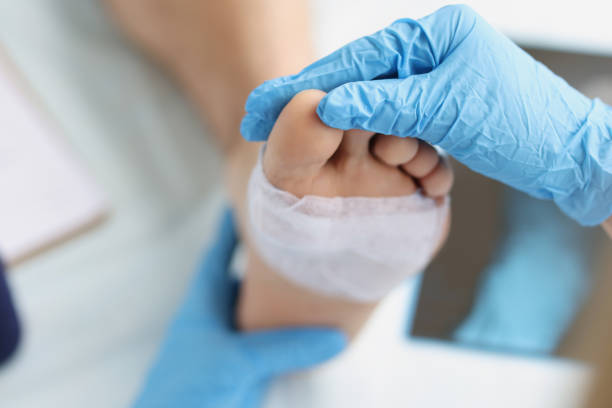
Procedures
Procedures
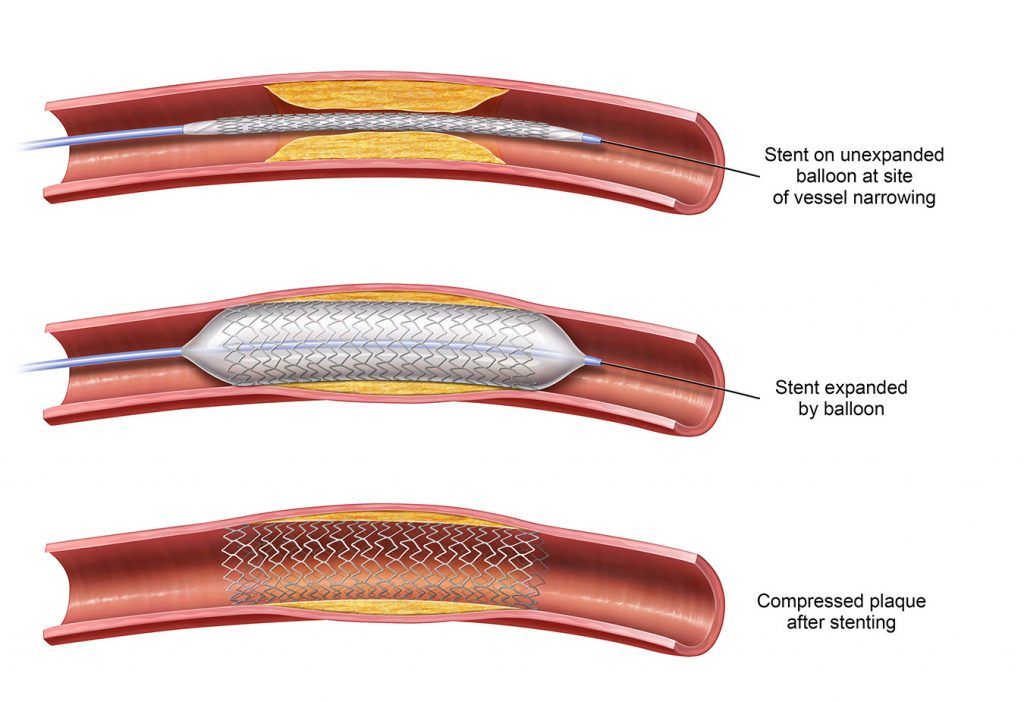
Endovascular Treatment
Endovascular treatment is a catheter based procedure; which utilizes x-ray imaging guidance and contrast material to examine blood vessels. The use of a catheter makes it possible to perform the procedure through a needle whole without the need of an incision; as a result a faster recovery. Angiography produces very detailed, clear and accurate diagnosis of arterial and venous diseases. That’s said; the condition can be treated in the same session.
Veingogh Technology
VeinGogh is one of the most advanced technologies to treat Spider Veins. It is very reliable in treating cosmetically unacceptable conditions of telangiectasia and spider veins. Unlike most Lasers treatments, VeinGogh can safely treat any skin type, including tanned skin. VeinGogh instantly eliminates vessels by using a unique, proprietary Microburst Technology.
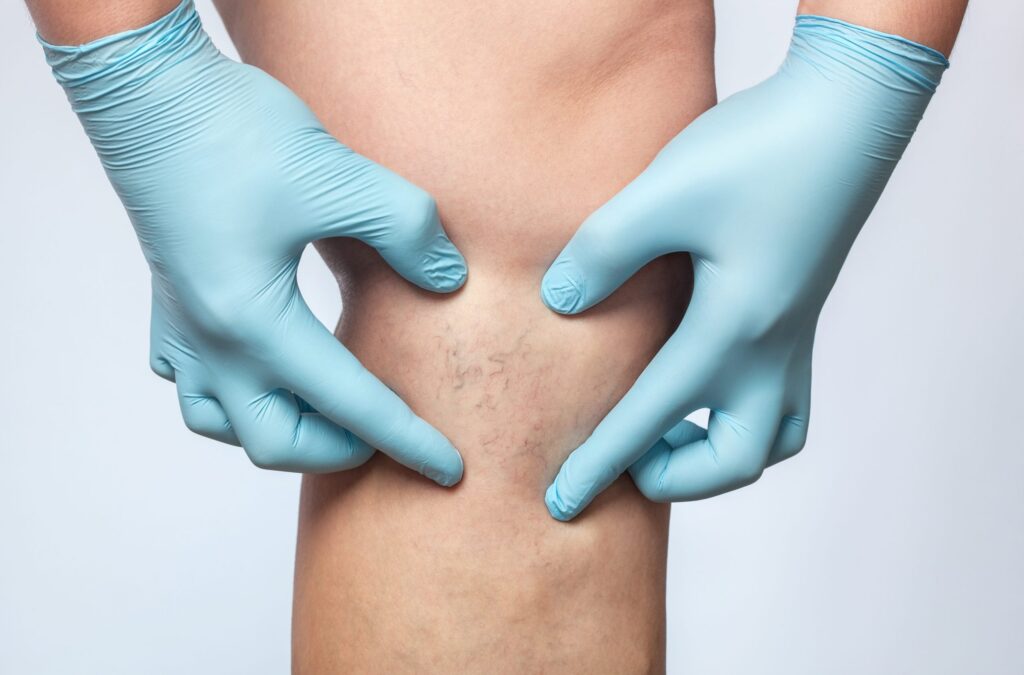
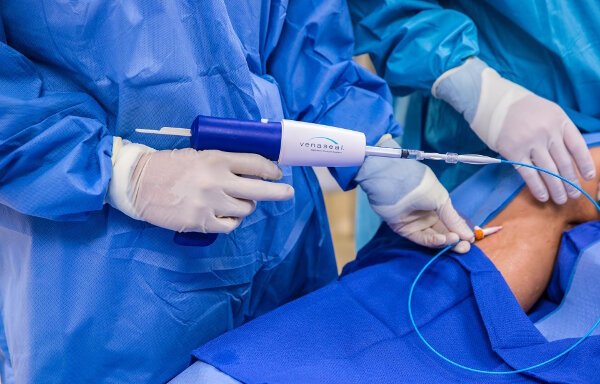
Laser , Radio-frequency, Sclerotherapy, Surgery and More
Modern up-to-date technologies in treating varicose veins including Laser, Radiofrequency and VenaSeal procedure are available at Jordan Vascular Clinic. The new technologies enable managing of varicose veins in one single session done in the office under local anesthesia. Cosmetic modalities; for instance sclerotherapy and VeinGogh deliver a highly appealing results.
Endovascular Aortic Aneurysm Repair
Aortic Aneurysm is life-threatening condition which should be treated immediately upon discovery. Repair of an Aortic Aneurysm can be done either surgically or by endovascular approach. The best method of repair depends on many factor; for instance the patient age and the anatomy of the Aorta. Aortic Dissection is another life-threatening condition.
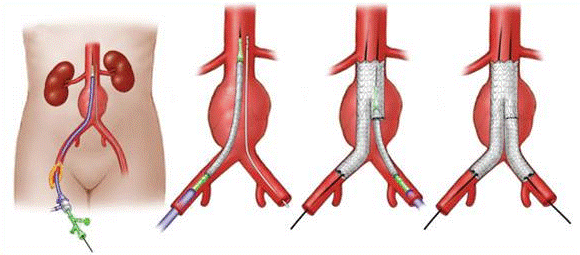
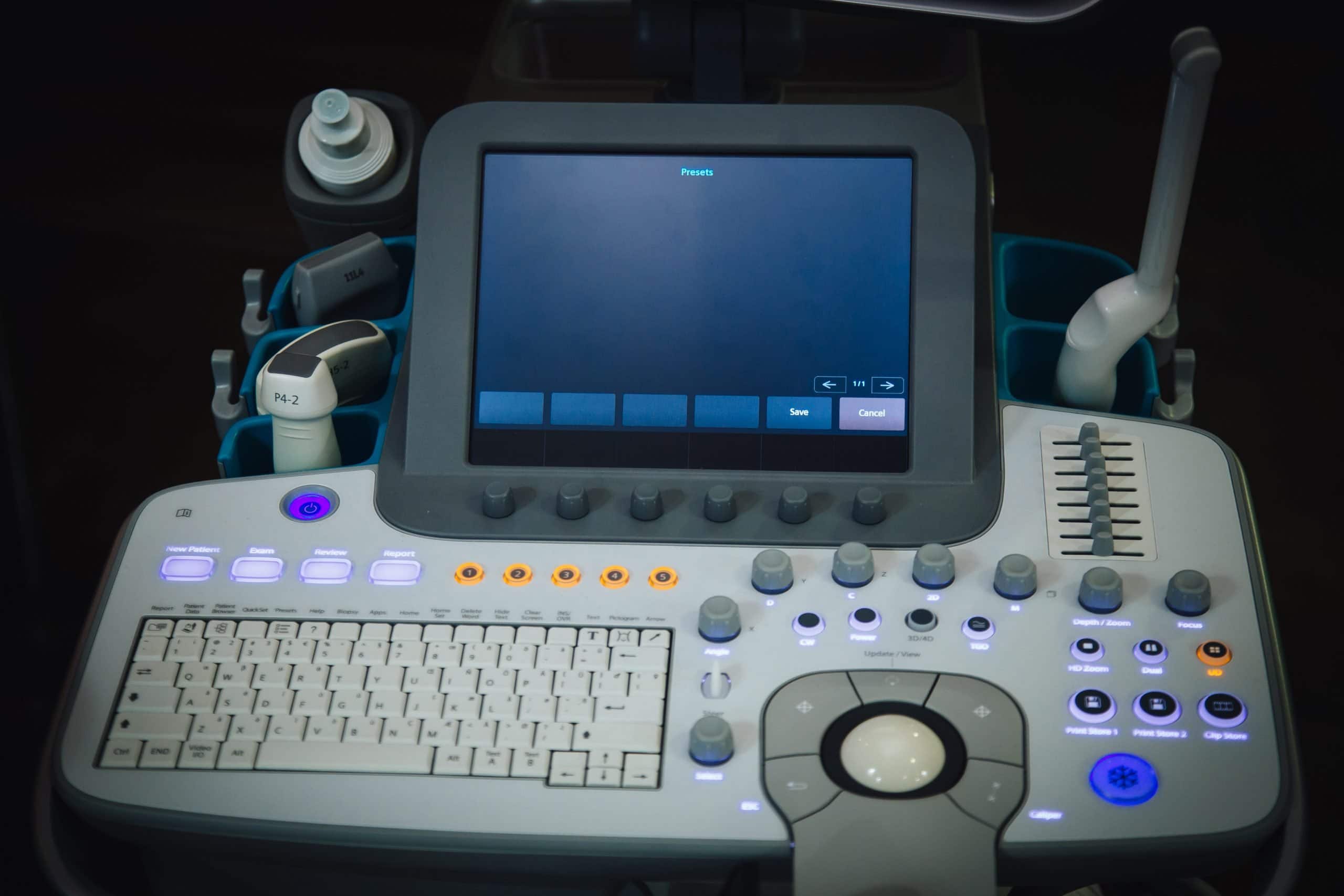
Noninvasive Vascular Laboratory Testing
Noninvasive vascular imagining is very crucial in diagnosing vascular conditions and delivering a selective treatment to each patient. This includes Ultrasound Doppler Scan for arteries and veins. Ankle-Brachial Index test which provides a very reliable diagnosis of the blood flow physiology in the legs. These tests avoid the use of unnecessary X-ray and contrast use for the patients.
Open and Endovascular Aortic Repairs for Aortic Aneurysm
An aortic aneurysm is a bulge or swelling in the wall of the aorta, the largest artery that carries blood from the heart to the rest of the body. If left untreated, an aortic aneurysm can rupture and cause life-threatening bleeding. Open and endovascular aortic repairs are two treatment options that can help prevent complications and improve outcomes for patients with aortic aneurysm.

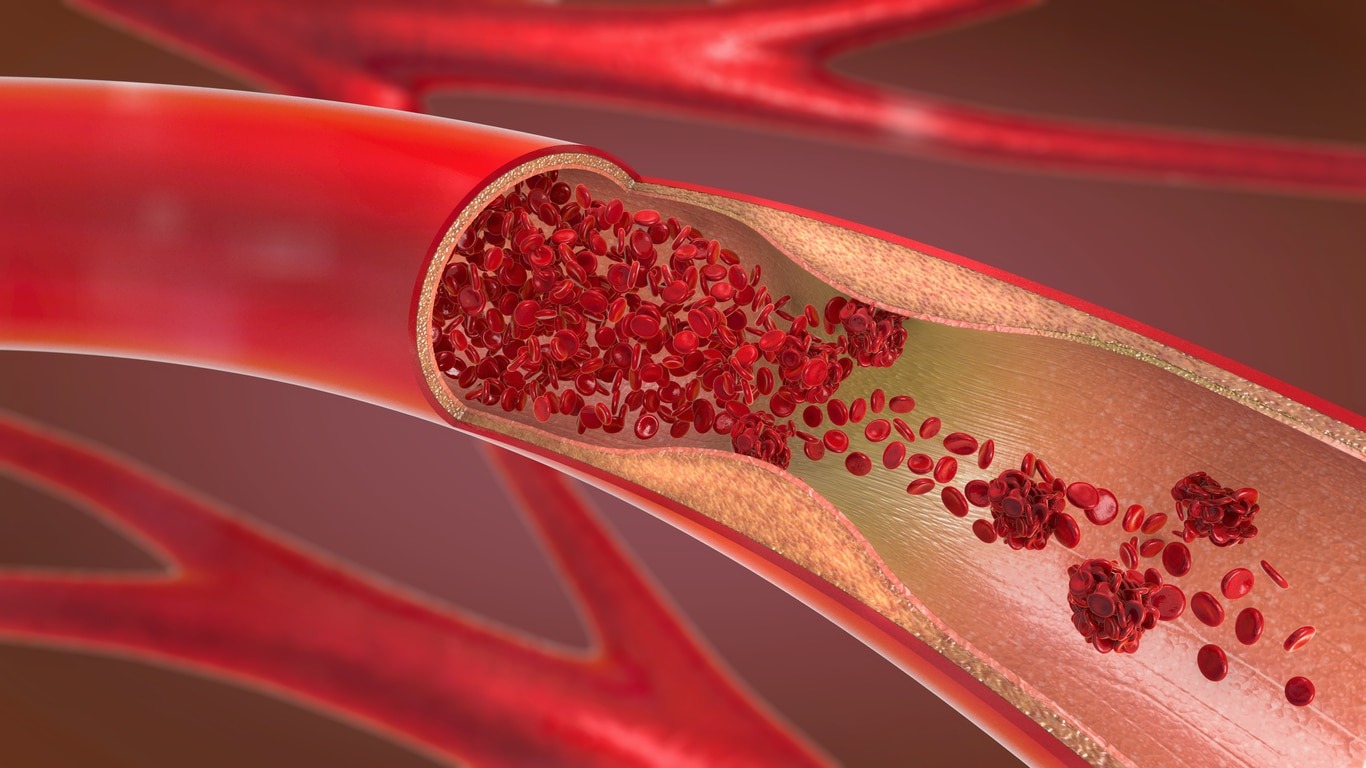
Peripheral Arterial Disease: Endovascular and Open Repairs
Peripheral arterial disease (PAD) is a common condition that affects the blood vessels outside the heart and brain, typically in the legs. It is caused by the buildup of plaque in the arteries, which can reduce blood flow and cause pain, numbness, and other symptoms. There are two main treatment options for PAD: endovascular repair and open repair. In this article, we will discuss these procedures in more detail.
Carotid artery interventions; open and endovascular
Carotid artery disease is a condition that affects the blood vessels that supply blood to the brain. It is caused by the buildup of plaque in the carotid arteries, which can increase the risk of stroke. Two common treatment options for carotid artery disease are carotid artery endarterectomy and carotid artery stenting. In this article, we will discuss these procedures in more detail.
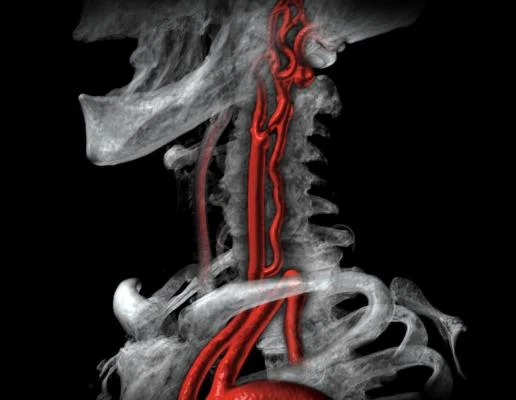
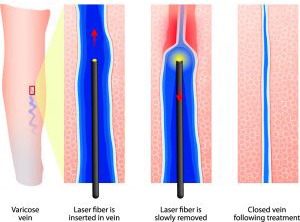
Varicose Veins: Endovenous Ablations and Open Surgery
Varicose veins are a common problem that affects many people worldwide. They occur when the veins in your legs become swollen, twisted, and enlarged, causing discomfort, pain, and sometimes unsightly appearance. If left untreated, varicose veins can lead to serious complications such as blood clots, ulcers, and skin infections.
Chronic Wound Management: Understanding Your Options
Chronic wounds are a common problem that can affect anyone, regardless of age or gender. These wounds can be caused by a variety of factors, including diabetes, poor circulation, pressure ulcers, and more. If left untreated, chronic wounds can lead to serious complications such as infection, tissue damage, and even amputation.
